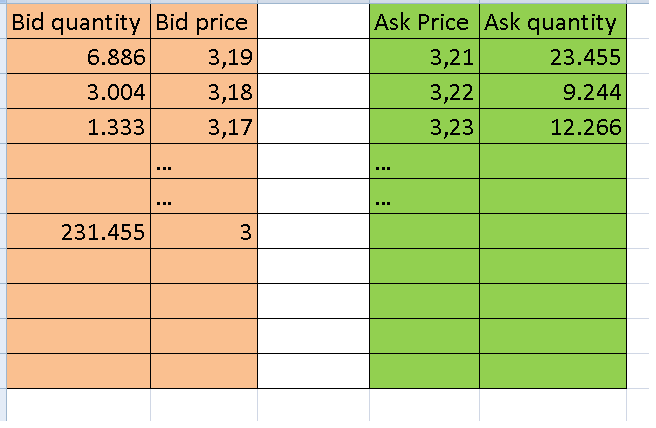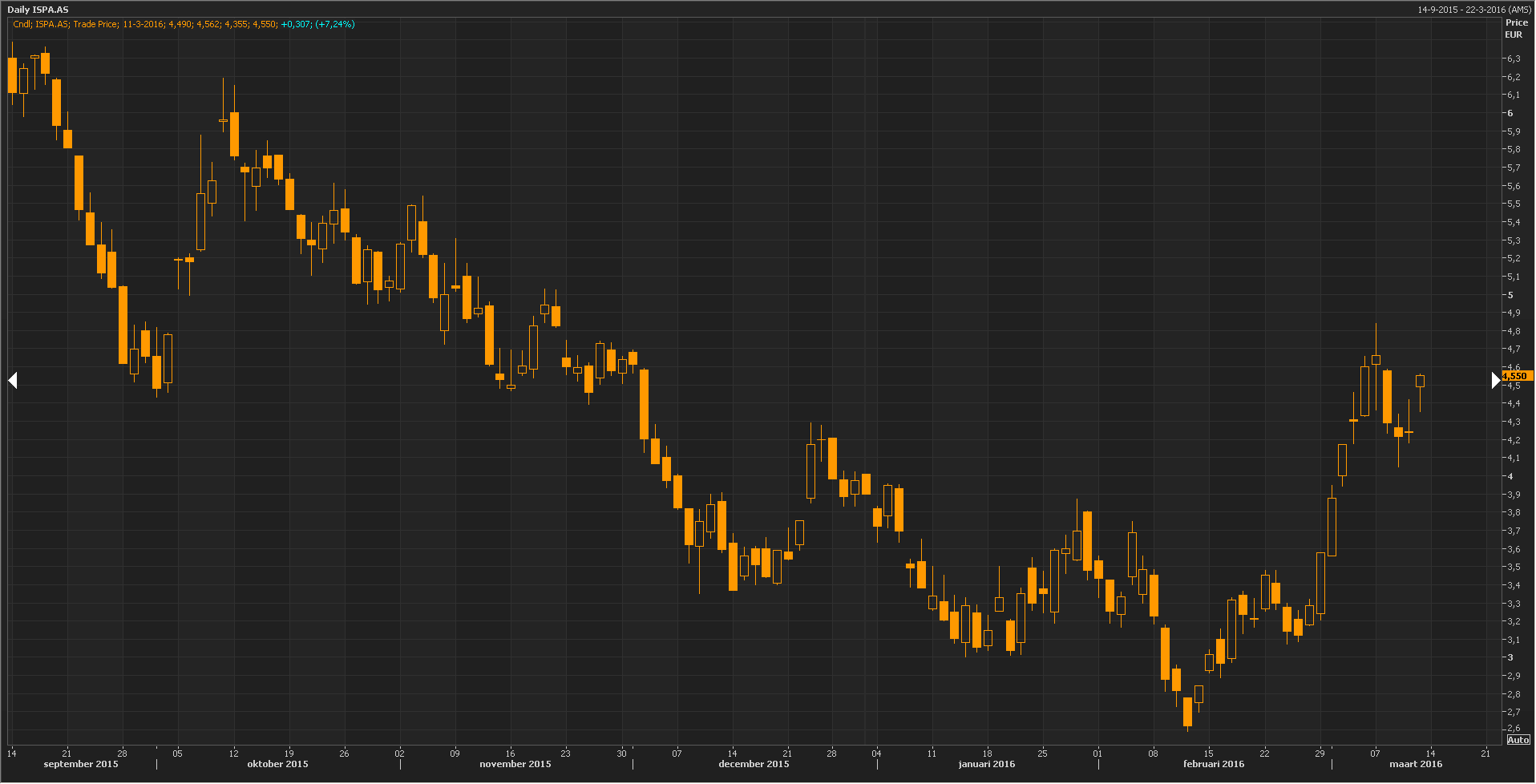
Roulette is not like trading
I recently had a discussion with a friend of mine. He said to me: ‘Be honest now. Trading is no different from playing roulette, right? You either win or you lose. It is just a matter of chance’.
What he really meant to say was that investing is a game of chance in a way similar to poker, rolling a dice or roulette. But although I agree with my friend that uncertainty is an intrinsic part of trading (or investing for that matter), it doesn’t follow that trading is a game of chance in the same way that poker, rolling a dice and roulette is. Not because trading requires certain skills that might allow you to beat the odds – for the same could be said of poker. It has to do with mathematics, and probability theory in particular. The key distinction lies in mathematics and probability theory. Trading, unlike games of pure chance, is influenced by market dynamics, economic indicators, geopolitical events, and more. Analyzing these factors can provide investors with insights to make informed decisions.
Similarly, in the world of oil investment, understanding market trends, supply and demand dynamics, and geopolitical factors is crucial. Oil Profit can assist investors in this regard by providing valuable insights and tools. In a landscape where informed decisions can make all the difference, staying well-informed is essential for those looking to navigate the complex oil market effectively.
I want to show this through the notion of expected value. The expected value of a random variable is its long-term average, or the value the variable takes on average per execution of the respective random process. Very briefly: in the case of rolling a dice, the expected value is 3.5 ((1 +2 + 3+ 4 + 5 + 6)/6), because in the long run you will get an average of 3.5 eyes per throw.
Certain requirements have to be met in order to to be able to calculate the expected value of a random variable. First of all, one should be able to fix the sample space of the process, or ‘the set of all possible results’ of the random process. In case of roulette, this set is unambiguous: number 1, 2,….., 38, because the ball can fall on one (and only one) of these numbers. Now, knowing this sample space plus the probability of the ball falling on any of these numbers plus the pay-offs of the ball falling on any of these numbers, you can determine whether you should take a bet or not. For example: let’s say you get 100$ per every 1$ you bet on the ball falling on number x. Then the expected value of betting 1$ on number x is (1/38 times 100$) + (38/38 times -1) = 1.63, meaning that in the long run you will make an average of 1.63$ per round per 1$ you bet when following this strategy. Since you will make money on average, you should pursue this strategy.
All well and good, but what happens when we take the market, instead of a roulette wheel, to be the random process we focus at? Let’s help ourselves a bit, and focus on a very restricted part of the market: the Brexit-debate. We can take the relevant possible results of the Brexit-debate as our sample space, the value of the DAX-index to be our pay-off, and the probability simply the probability of each possible result happening.
Now we come to face a couple of great difficulties.
Problem 1: sample space and the unknown unknowns
There appear to be only two possible results of the debate – Brexit, Bremain. Now we can define a random variable X such that any outcome of the random process is mapped to a real value. We choose the DAX-index to be our real value. You can for example say that in case of a Brexit, the value of the DAX-index will be 9000, and in case of a Bremain 10.400. Assuming that you can define a probability function on this variable, you can calculate the expected value of a trade.
But are these really the only two relevant results when it comes down to the Brexit-debate? No, it appears. There could be an explosion in a chemical factory in Germany that coincides with the Brexit or Bremain, but that significantly alters the course of the DAX-index. Maybe a politician will be murdered in case of a Bremain, and the DAX-index will collapse, even though the UK stays in the EU. There is an infinite list of possible events, not all of which can even be conceived: the black swan events, or the unknown unknowns. Since these results are by definition unknown, but nevertheless possible to happen and relevant for the DAX-index, your calculation will necessarily lack all relevant information, thereby giving an incomplete sample space. Such a thing can never be the case in roulette.
Problem 2: pay-offs
Furthermore, it is unclear what the DAX-index will do in case of either a Brexit or Bremain.This can be seen from the many different predictions made by various analysts. No-one knows exactly what the result of a Brexit or Bremain will be. Hence it is impossible to put a value on each of these results. So the second component of expected value, the pay-offs, is doubt-worthy too. This too can never be the case in roulette.
Problem 3: probability
But there is another, at least as stressing, issue. For expected value to be calculated, every event in the sample space must be assigned a probability. While this is relatively non-controversial in the case of roulette (probability of either 1,2,…, 38 is 1/38), how do you come to know the probability of an event such as a Brexit, an interest rate hike, or any event that has never happened before?
It seems impossible to apply the so-called frequentist interpretation of probability, in which you conduct experiments and measure how often an event occurs relative to the total number of experiments. First of all because it is impossible to conduct experiments of this sort in the market. And second of all: even if you somehow manage to calculate how often an event occurred in the past and divide that by the total number of experiments done, you will necessarily get a 0% probability for events such as a Brexit, which have never occurred before. This seems absurd.
Using a subjectivist interpretation of probability will not help you much further. You can of course assign a probability to Brexit or Bremain by judging the available evidence, but the question is: how should you judge the available evidence given that you have no information about what happened in the past given the same set of available evidence, for this set of available evidence is surely to differ from any set in the past (Bayesian probability). One thing is for sure: certainly no Brexit has ever happened, under no set of available evidence, so again, the probability of a Brexit should be 0% (in light of any set of available evidence, in case you apply the rules of Bayesian statistics rightfully), which seems absurd.
This shows why probability theory and trading are no happy marriage, and why trading is not a game of chance like poker, rolling a dice or roulette.





